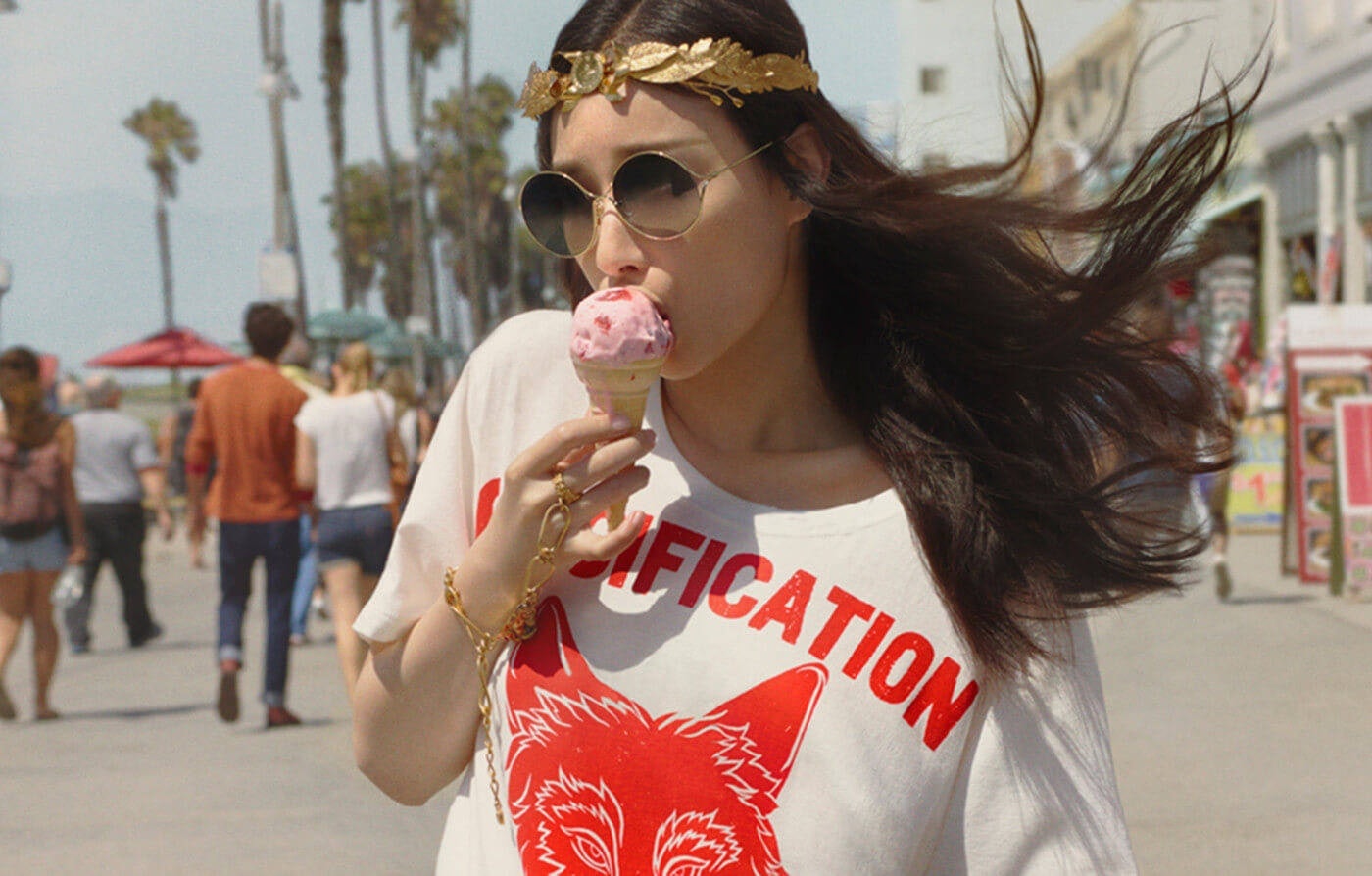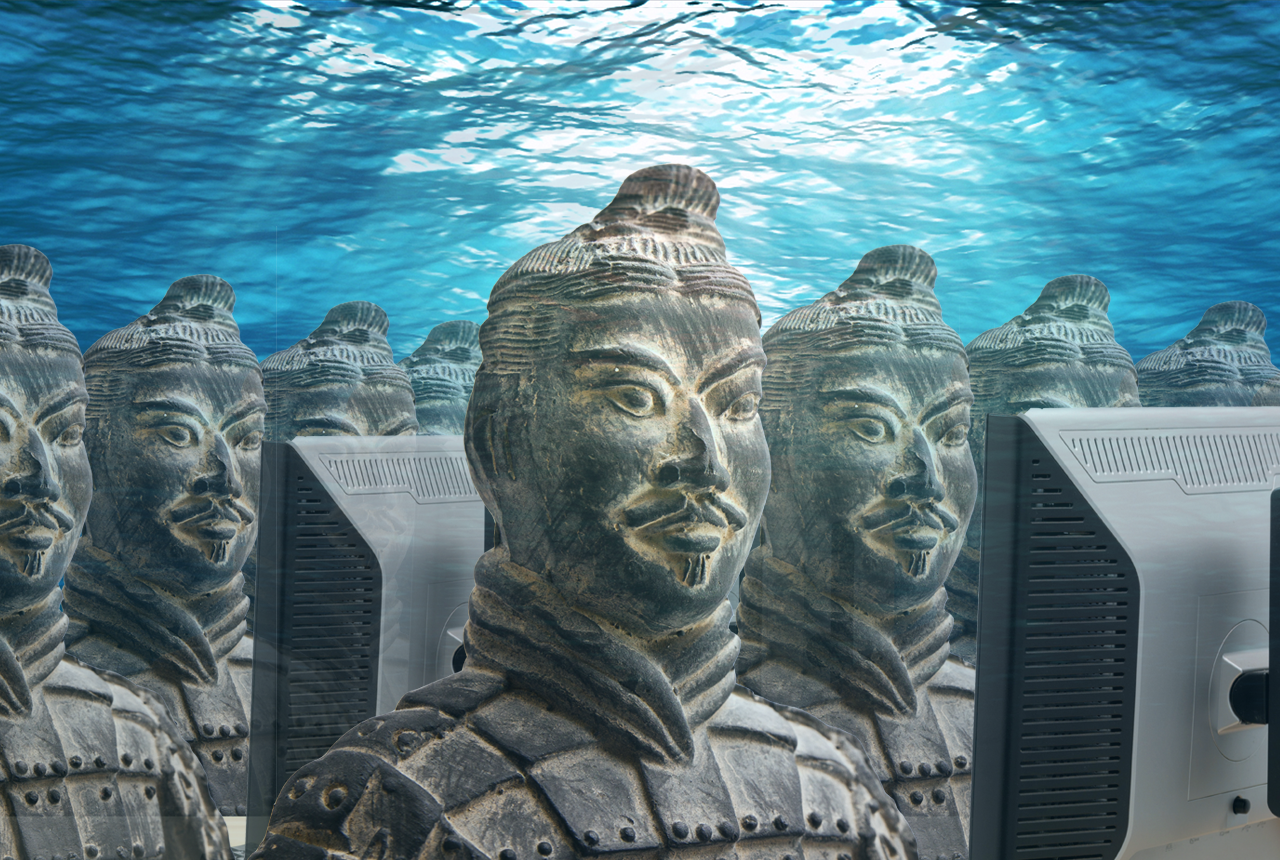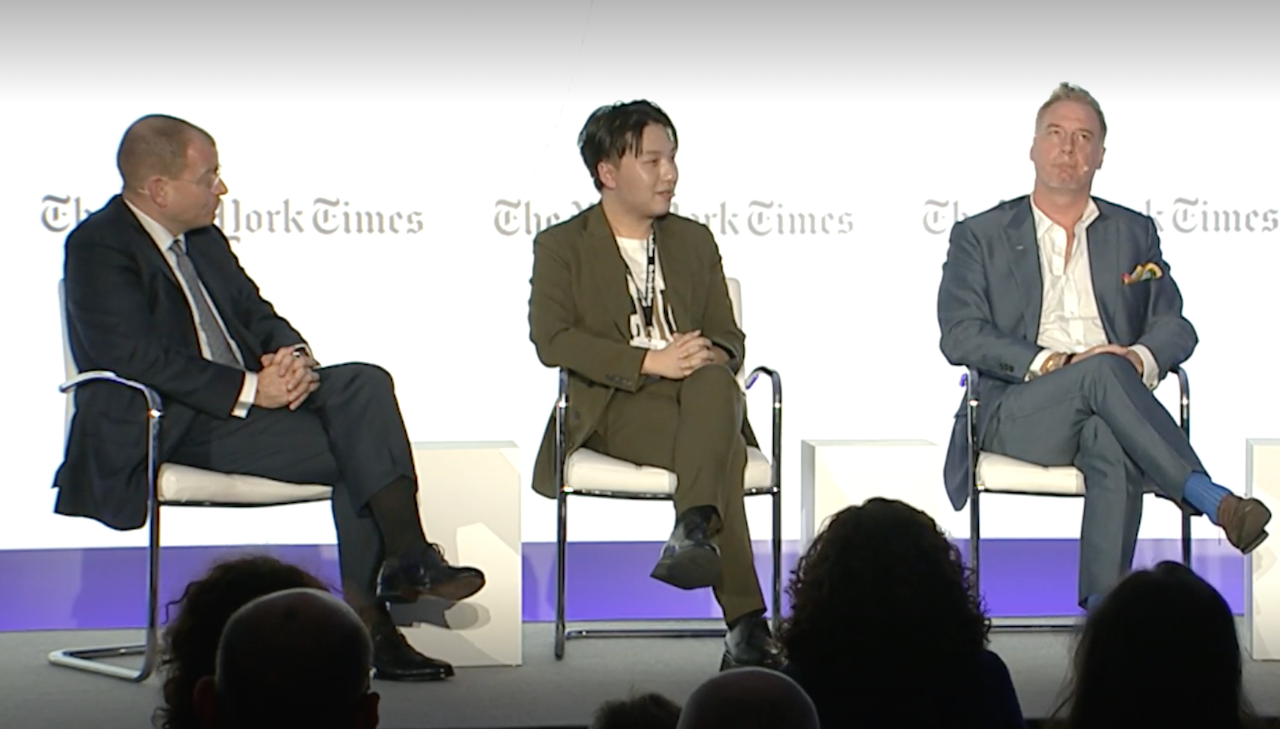China's millennial market is lucrative but mysterious to many. Luxury brands are investing a lot of money and effort in strategic marketing to reach millennials, often at the expense of what they are actually selling.
The dominant idea in the industry is this: if I have a popular KOL create a popular post using my products in the trendiest platform, I’ll win over Chinese millennials. I’ve communicated with them in the ways they like best, so they will like my brand.
The truth is, while marketing definitely helps more Chinese millennials know your brand, it doesn't always convince them to buy your products. In today’s digital world, buzz is easy to create, but a genuine word-of-mouth reputation is hard to build.
In 2017, Pamp;G’s CEO Marc Pritchard spoke about his disappointment with the state of digital marketing at the IAB Annual Leadership Meeting. "The days of giving digital a pass are over," he said. Pamp;G doesn't "want to waste time and money on a crappy media supply chain," he went on, complaining that many agencies use their own metrics to measure views and engagement, which obfuscates the reality of a campaign's reach.
Pritchard’s call to arms posed a question for brands: is marketing to Chinese millennials becoming synonymous with creating so-so content and manufacturing reports to meet key performance indicators and suggest a solid return on investment?

Brands are on the verge of forgetting that at the end of the day, marketing should be the study of consumers. In the case of Chinese millennial marketing, it means not forgetting to ask, what products can I create that they will find interesting?
Chinese millennials are widely described as demanding, spoiled by choice and convenience. But that’s just one side of the story. On the other side, they are also incredibly social beings who are willing to advocate for things they like. When Chinese millennials see products that are too fun and unique to ignore, they are happy to share them on WeChat, extending their influence into their community. This kind of user-generated-content works in a more contagious way than branded posts. It stands for the very best of brand communication: user-generated, self-spreadable, highly credible, and free.
Brands that put the product first, and communications second see some great rewards. Here are three examples.
1. Pandora#
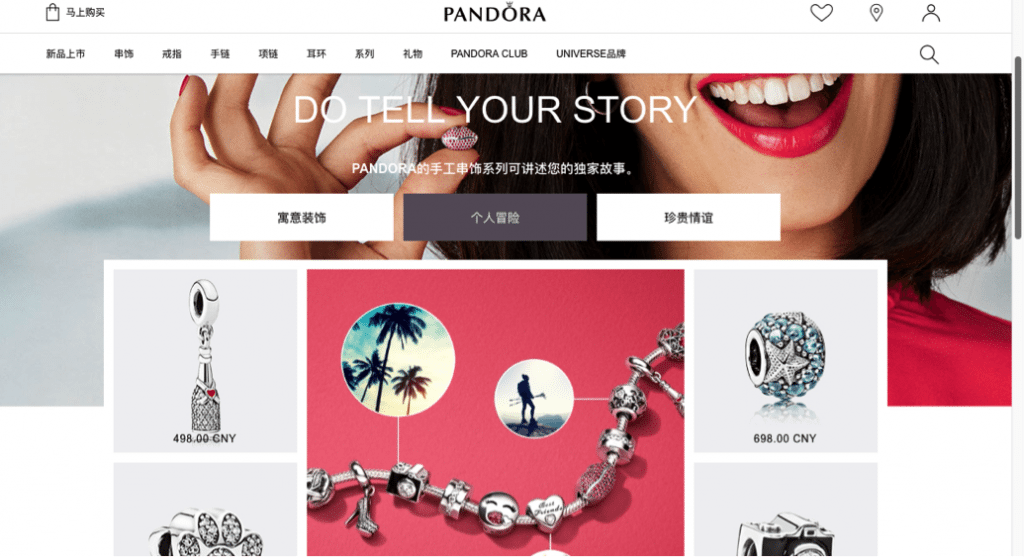
Without a long heritage to draw on, Danish jewelry brand Pandora took a different approach in China. Instead of compelling Chinese millennials to grapple with a daunting history steeped in someone else's traditions, it let consumers tell their own stories through customization and personalized pieces. Consumers can design their own bracelets incorporating different designs, symbols, and the 12 Chinese horoscope animals to create a deeper personal association. If Chinese millennials are indeed most interested with their identities, then Pandora gave them a chance to express that through the products themselves, rather than a marketing narrative. In China, the brand’s sales grew over 87 percent in the second quarter of 2017.
2. Gucci#

Since Alessandro Michele’s “millennial takeover”, Gucci has transformed from a stuffy, traditional luxury fashion house into a funhouse in which new product regularly elicit wows from millennials around the world.
Today in Gucci’s homeland, Italy, many still perceive the logo as representative of the iconic classy mom-brand. In China, however, the transformation has been quickly accepted. No pattern seems to be too much, no color too gaudy, no design too crazy for Gucci.
Since this makeover, Gucci’s performance has been strong in China. At the end of 2017, its revenue even surpassed Hermes for the first time in history.
3. Off White#
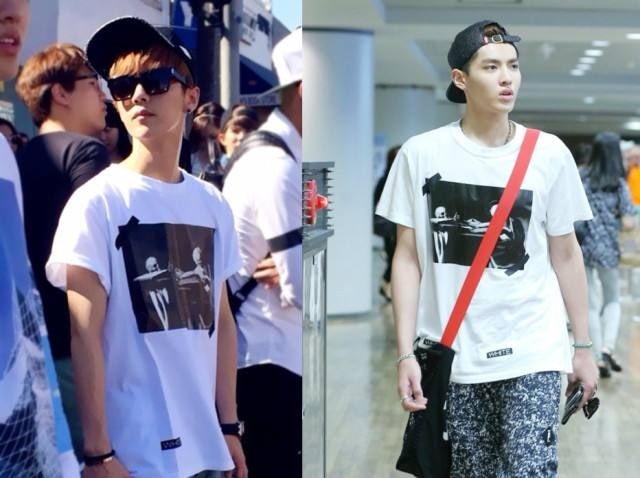
Unlike the previous two examples, high fashion streetwear brand Off White seems a little backward in terms of its marketing activity in China. American designer Virgil Abloh's brand has no WeChat account, no Weibo account, and almost no official brand content in Chinese.
Nevertheless, it hasn't stopped a huge buzz emerging around this “new, low-key, niche brand” among Chinese millennials. First, they love the brand because the products are so cool — they incorporate provocative statements, industrial-chic design elements, and striking patterns. Off White makes memorable, spirited\ clothing. Second, Chinese millennials love to talk about it because many pop stars such as Lu Han and Kris Wu have been spotted wearing it on their own time by paparazzis, something that's more credible than seeing Wu in a three-piece Burberry suit during a performance for an Alibaba event.
For brands that want a long-term winning strategy in China, marketing to millennials is a must. It requires studying the shifting tastes of what's already a major spending power in China, and making products that reflect (and sometimes challenge) their tastes. It is more than simply knowing which apps to engage on, which KOLs to collaborate with, and which trends to catch up on. It goes beyond mainstream digital marketing because, in the unpredictable Chinese market, a trend today will likely to perish three months later.
Brands also need to know that investing in products doesn't mean compromising on brand messages to please Chinese millennials. Chinese fashion blogger Mr. Bags once said in a luxury conference panel that foreign brands should not focus only on relating to Chinese consumers, but instead on creating desirability. In fact, when Chinese millennials sense that a brand is trying too hard to sell, the brand loses appeal to them. What brands should do instead is create objects that are of great quality, original in concept, and authentic to what a brand claims to stand for.
Marketing tools predominantly focus on teaching brands how to talk to Chinese millennials, but not how to serve them. The current state of Chinese consumer culture, on the other hand, challenges brands to think differently. The winners in this market are those who adapt a user-led approach, and dared to make something cool.
Jiaqi Luo is a marketing strategist at East Media, an essayist, and a member of China’s post-95 generation.
